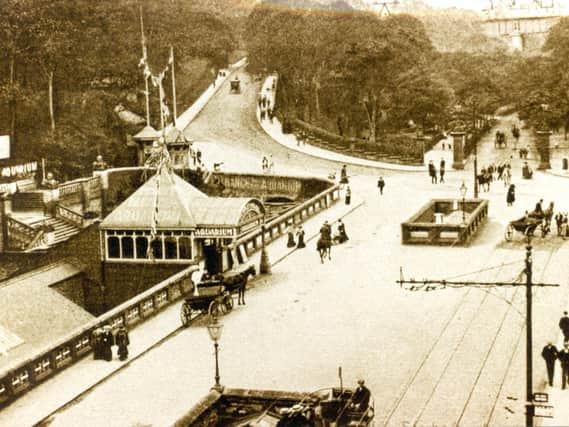The area just below the Rotunda Museum is known as Aquarium Top because it once housed one of the biggest aquariums in the country. And what’s now a roundabout above, and underground car park below, was once a remarkable 'people’s palace’, known first as the Aquarium and then Gala Land, complete with alligators, seals and spectacular Indian-style brick- and tile-work.
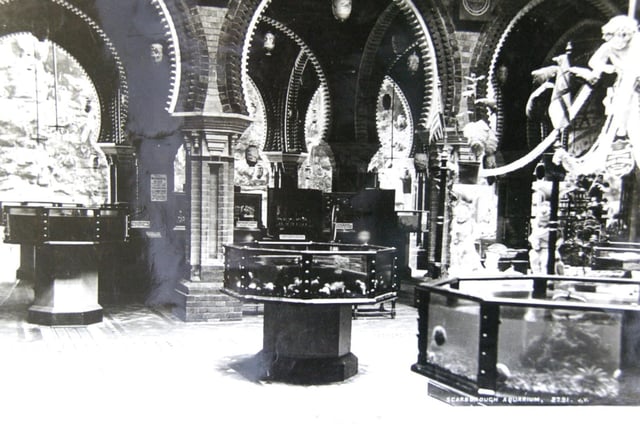
1. Underground 'palace'
The Aquarium was designed by the celebrated pier designer and engineer Eugenius Birch, who also created the North Bay pleasure pier on Marine Drive, which was washed away in a storm in 1905.
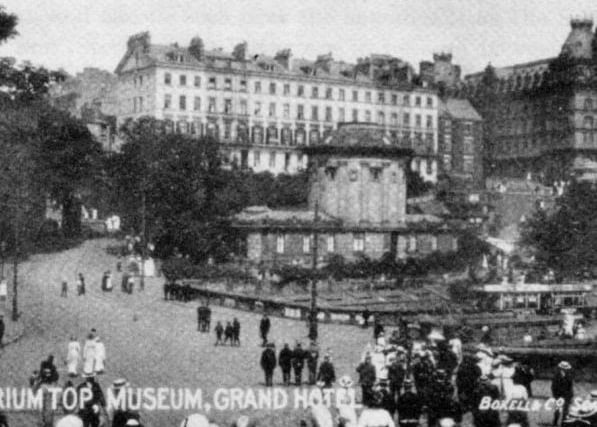
2. Underground 'palace'
Opened in 1877, the Aquarium was constructed at the bottom of what was then called Ramsdale Valley, now Valley Road, and stood on a three-acre plot formerly known as Mill Beck.
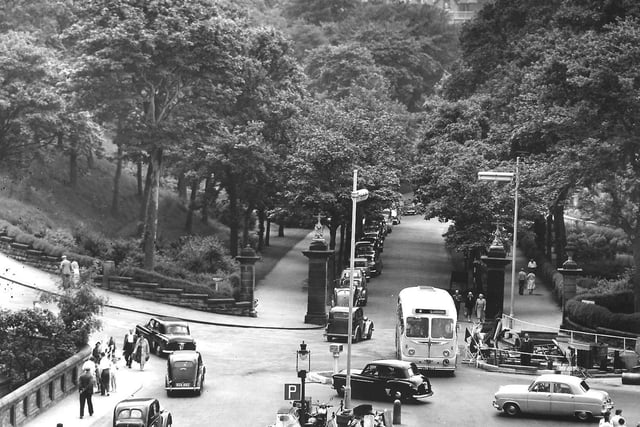
3. Underground 'palace'
This photo shows the forerunner of the current Valley Road-Vernon Road-Ramshill Road roundabout.
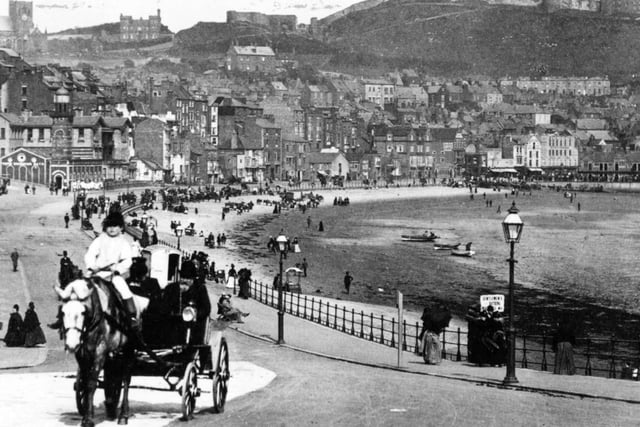
4. Underground 'palace'
The aquarium cost £100,000 - the equivalent of over £10m today. Photo: Max Payne Collection
